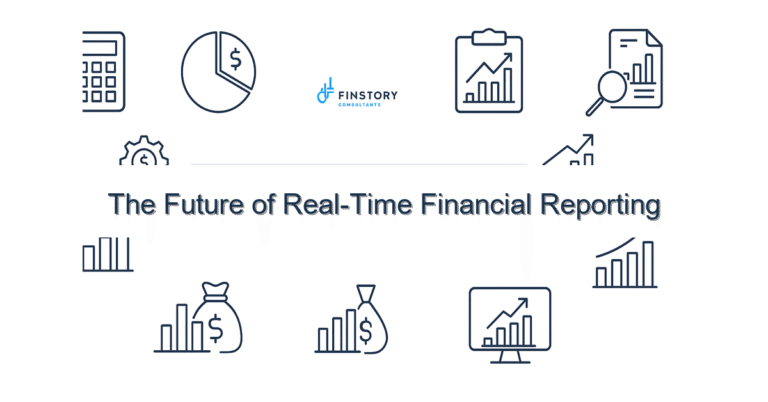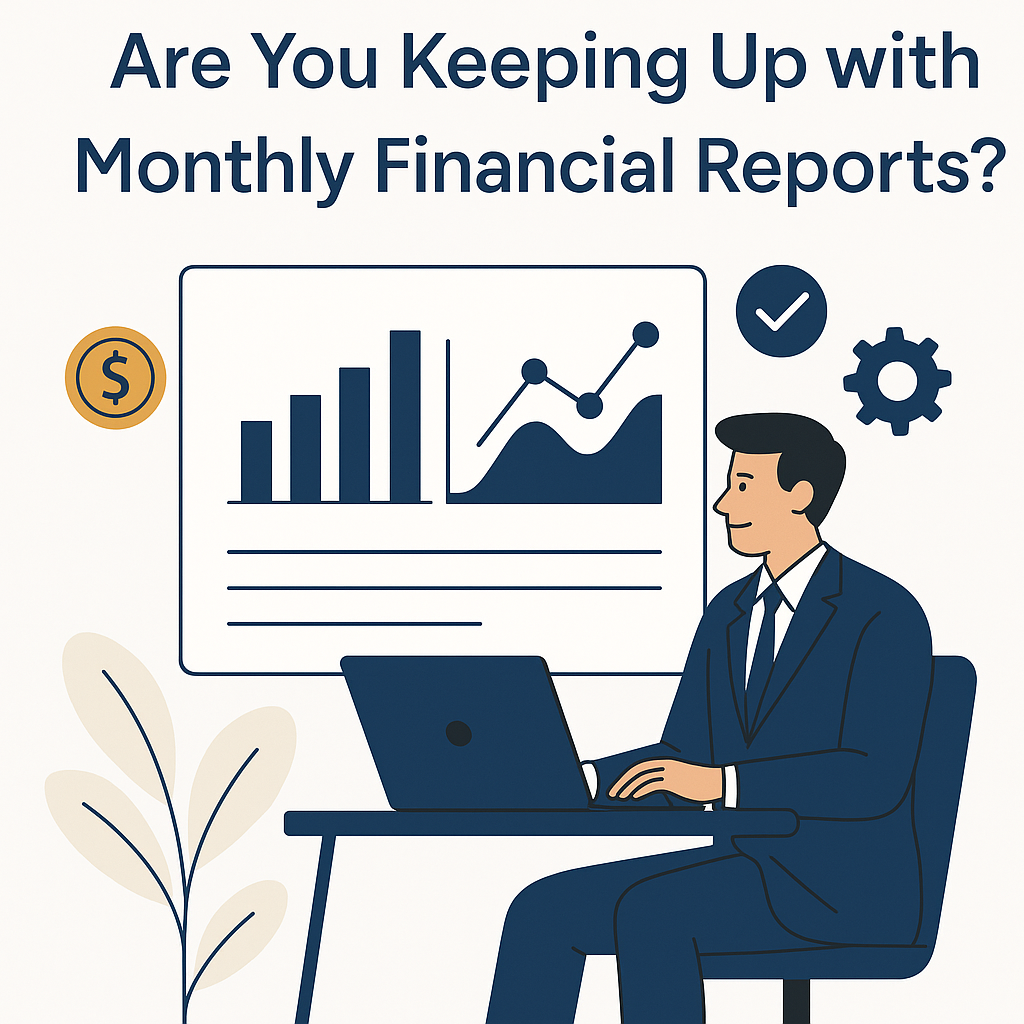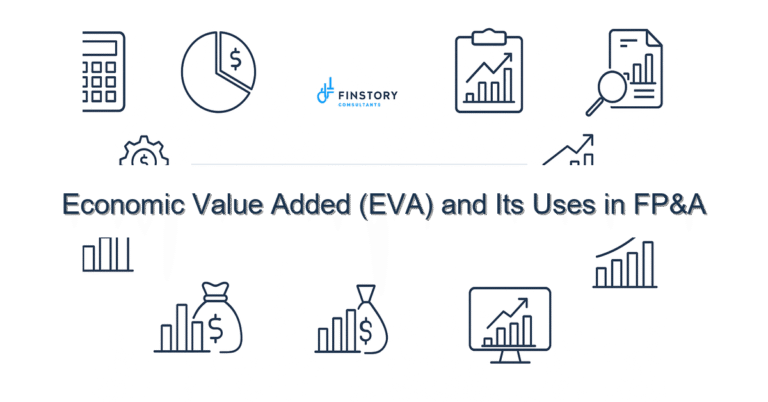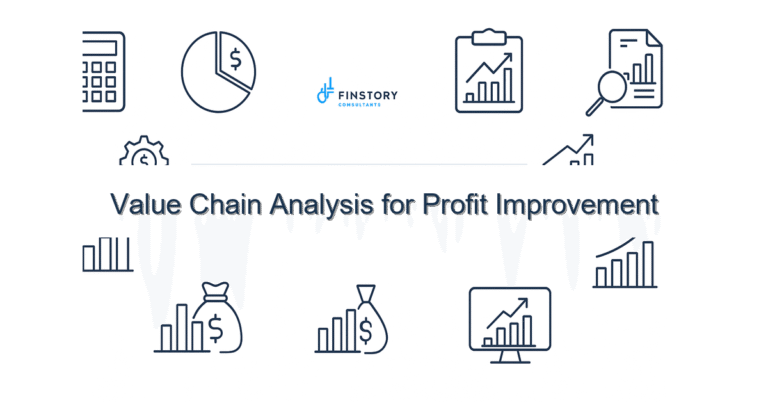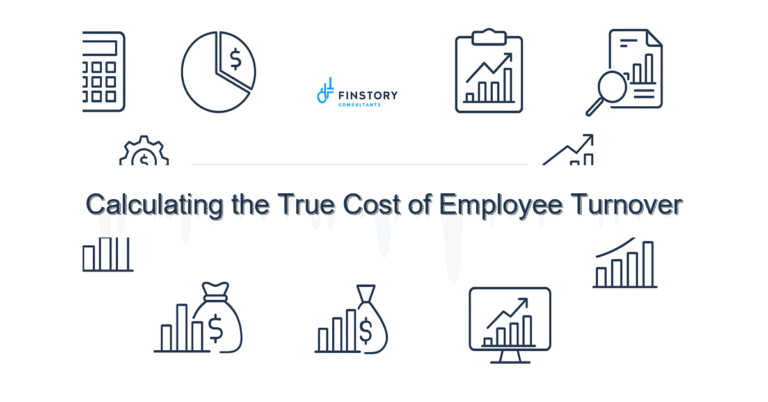Budget vs. Forecast vs. Plan: What’s the Difference?
If you’ve ever felt confused by the words budget, forecast, and plan, you’re not alone.
I’ve worked with business owners who use those terms interchangeably—and end up frustrated because their financial picture feels murky.
Here’s the good news: once you understand how these three tools work together, your business decisions get clearer, faster, and a whole lot less stressful.
Let’s Start with Definitions
Let’s keep this simple and jargon-free. Here’s what each term really means:
Plan = Your Big Picture Goals
A plan is where you decide what you want to achieve.
- It’s high-level thinking.
- Usually covers 1–3 years ahead.
- Answers questions like:
- Where do we want to grow?
- Should we launch new products?
- Do we need to expand the team?
Think of your plan as your business roadmap. It sets the direction but doesn’t spell out every turn along the way.
Budget = Your Financial Game Plan
Your budget is your financial blueprint for making the plan happen.
- Typically created once a year.
- Breaks down revenue, expenses, and profit targets.
- Sets limits on how much you’ll spend in each area.
It’s your tool for discipline and accountability.
Forecast = Your Reality Check
A forecast is your updated prediction of what’s actually going to happen.
- Looks forward—often 12 months rolling.
- Adjusts based on real results and new information.
- Helps you spot problems or opportunities early.
Unlike the budget, which stays fixed, a forecast changes as your business changes.
A Real-World Example
Let’s bring this to life with a practical scenario.
Example 1: The Growing Café
Imagine a café owner, Priya, planning her business.
- Plan: “Next year, I want to open a second location and grow sales by 40%.”
- Budget: She builds an annual budget, estimating:
- Sales of ₹1 crore
- Costs of ₹75 lakhs
- Net profit target of ₹25 lakhs
- Forecast: Six months in, summer sales boom beyond expectations. Priya updates her forecast:
- Revised annual sales: ₹1.2 crores
- Higher ingredient costs too
- Adjusted profit estimate
Thanks to her forecast, she knows she can afford to hire two more staff for the busy season without risking cash flow.
Example 2: The Tech Startup
A SaaS startup launches an app:
- Plan: “We’ll reach 10,000 paid users in two years.”
- Budget: They allocate funds for:
- Development costs
- Marketing campaigns
- Customer support
- Forecast: After four months, marketing costs per user are higher than expected. They revise forecasts:
- Slower user growth
- Need to extend runway or raise more funds
Their forecast signals they must either cut costs or secure more investment.
Why You Need All Three
Some business owners skip forecasts entirely, thinking:
“We already have a budget—why do we need another set of numbers?”
But here’s the truth:
- Plans tell you where you’re headed.
- Budgets outline how you’ll get there.
- Forecasts keep you grounded in reality as conditions change.
All three work together to help you run your business with clarity instead of guesswork.
Quick Tips to Get Started
- Keep your plan clear but flexible. Big goals are great, but be ready to adapt.
- Build a budget that connects directly to your goals.
- Review your forecast at least monthly, especially if you’re growing fast.
- Don’t obsess over perfection. Even rough forecasts help you spot trends and avoid surprises.
How a Virtual CFO Can Help
If all these moving pieces feel overwhelming, you’re not alone.
A Virtual CFO can:
- Help you create realistic plans aligned with your business goals.
- Build budgets that are both ambitious and achievable.
- Set up rolling forecasts so you always know what’s coming.
- Translate all these numbers into plain English and practical steps.
Think of them as your financial co-pilot—keeping you on track while you focus on running the business.
Final Thoughts
So, let me ask you: Are you running your business with just a budget—or do you have a plan and forecast, too?
Understanding the difference between these three tools can transform how you manage your business. Because when you know where you’re going—and keep checking the map along the way—you’re far more likely to reach your destination.
Curious how a Virtual CFO could help bring clarity to your planning and forecasting? Let’s talk!

